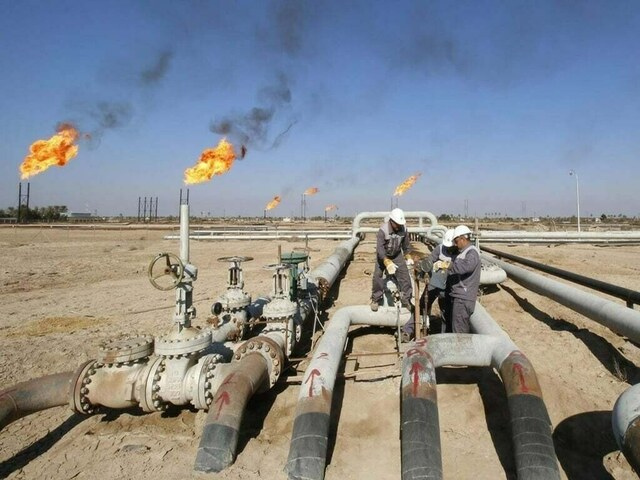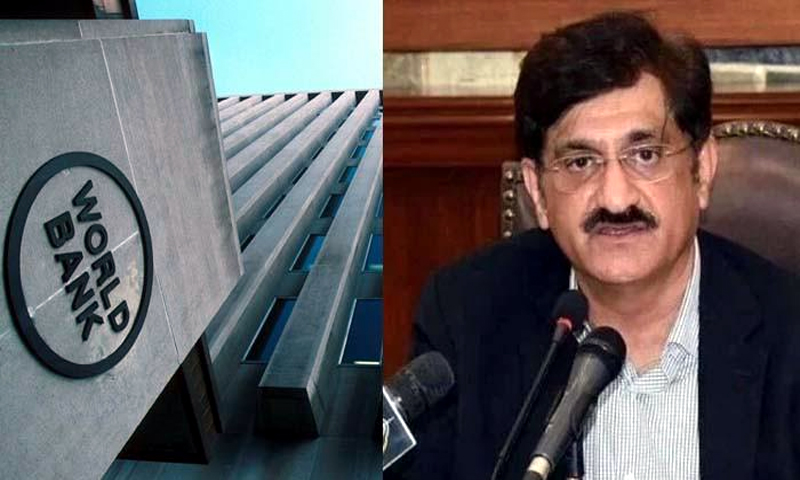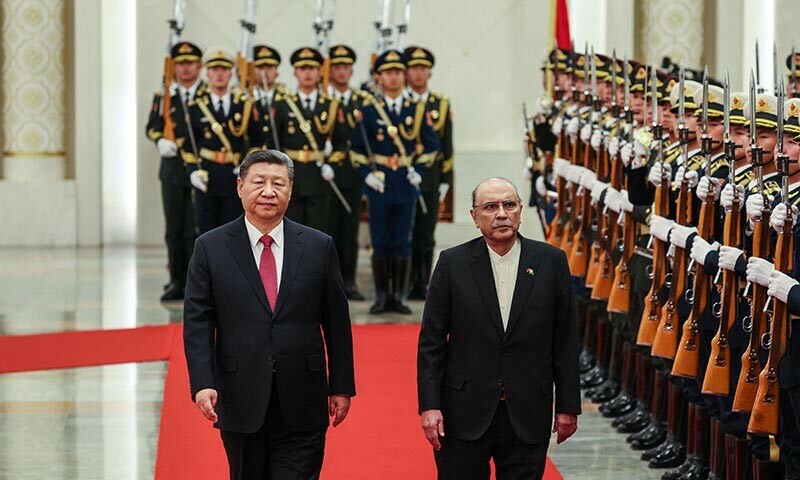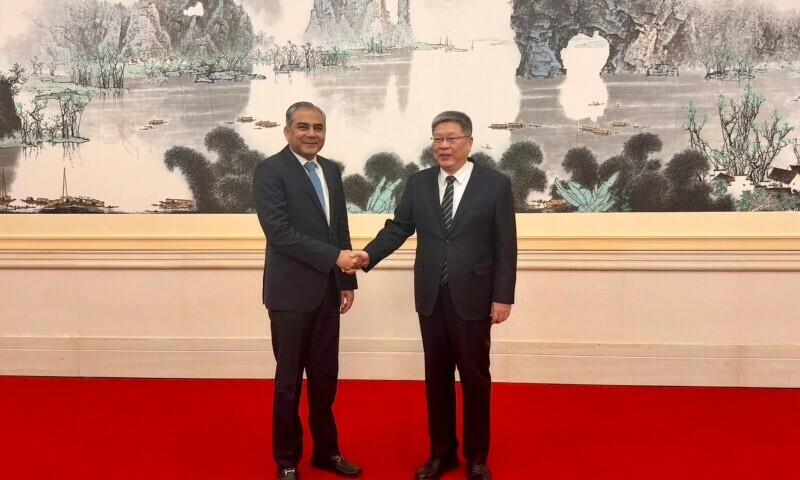TRADE & ECONOMY
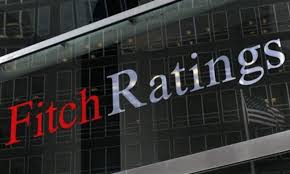
Global credit rating agency Fitch on Friday acknowledged Pakistan’s steady progress in restoring economic stability and rebuilding external buffers.
In a recent note, the agency said, "Pakistan has continued to make headway restoring economic stability and rebuilding external buffers."
This recognition comes after Fitch upgraded Pakistan’s long-term foreign-currency issuer default rating (IDR) to CCC+ from CCC last year, following the country’s agreement with the International Monetary Fund (IMF). The CCC rating is considered speculative, indicating a high risk of debt default.
Fitch emphasized that structural economic reforms will be crucial for upcoming IMF programme reviews and continued financial support from multilateral and bilateral lenders.
Disinflation and Monetary Policy Impact
The agency acknowledged the positive impact of monetary policy on inflation, noting a significant easing to 2.4 percent in January. This marked a nine-year low, primarily driven by a decline in perishable food prices.
"Rapid disinflation reflects fading base effects from earlier subsidy reforms and exchange rate stability, underpinned by a tight monetary policy stance, which in turn has subdued domestic demand and external financing needs," Fitch said.
Economic activity has also benefited from falling interest rates, leading to an expected 3.0 percent real value-added expansion in FY25. Credit to the private sector turned positive in real terms for the first time since June 2022.
External Account and Foreign Reserves
The current account moved into a surplus of about $1.2 billion, thanks to strong remittance inflows, agricultural exports, and disciplined monetary policies. Foreign exchange reserves reached over $18.3 billion by the end of 2024, equivalent to three months of external payments.
"Foreign exchange market reforms in 2023 also facilitated the shift," Fitch highlighted, adding that reserve levels outperformed both IMF targets and the agency's previous forecasts.
Debt Challenges Remain
Despite these positive developments, Pakistan faces significant external financing challenges. Fitch noted that the country must repay over $22 billion in external debt for the fiscal year 2025, including $13 billion in bilateral deposits.
"Securing sufficient external financing remains a challenge, considering large maturities and lenders' existing exposures," the agency cautioned.
Last month, Pakistan secured a $1 billion loan from two Middle Eastern banks at a 6-7 percent interest rate. Additionally, the country aims to raise up to $4 billion from Middle Eastern commercial banks in the next fiscal year.
Pakistan is undergoing reforms under a $7 billion IMF programme aimed at addressing fiscal and current account deficits. Fitch warned that delays in IMF reviews could negatively impact external liquidity.
